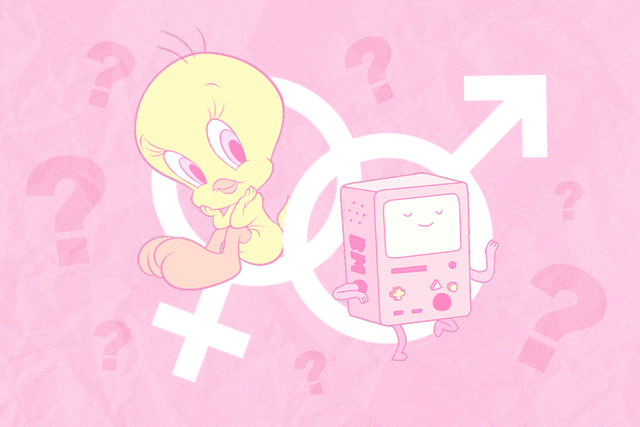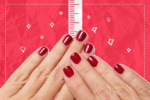By now, you’ve probably heard that, after years and years of speculation, beloved “Sesame Street” characters Bert and Ernie finally came out… as genderless—or more specifically, male puppets without any sexual orientation.
Yup, sorry for breaking your hearts. Now that we’re past that question (or trying to, at least), another remains: What’s all the fuss really about? As Bert puppeteer and creator Frank Oz says, “Why that question? Does it really matter? Why the need to define people as only gay?”
Well, I think though it’s true what he said that “There’s much more to a human being than just straightness or gayness.” The heart of the matter here was media representation, especially in a show for kids.
As Bert puppeteer and creator Frank Oz says, “Why that question? Does it really matter? Why the need to define people as only gay?”
For the longest time, the subject of gender and sexuality has remained taboo in mainstream media. It’s only now that we’ve become open to wider discussions on this issue. When it comes to cartoons and youth shows, there has been even greater censorship as they are targeted towards the impressionable young. But that is also why they are crucial now—as tools to defeat stereotypes and create a generation that’s more educated and sensitive when it comes to matters on gender and sexuality. So whether they like it or not, creators take on a big responsibility.
Bert and Ernie weren’t the first and only cartoon characters whose gender had a large question mark. Viewers get confused about a lot of other characters’ gender too, mostly because they go against gender stereotypes. Sometimes the creators do it deliberately, sometimes not. Here are some examples.
Tweety
For the longest time, we all thought Tweety was female. This has not been helped by Warner Bros. who largely marketed the character for girls, including launching clothing lines that depict him wearing bows and flowers in his head feathers. Some people were also misled by his high-pitched voice and long eyelashes. His creator, Bob Clampett, said, however, that his eyelashes and high-pitched voice was simply because he is supposed to be a baby bird.
Piglet
Piglet is literally pink from head to toe, has a squeaky high voice, and a timid personality, so naturally, people see him and they think: girl. Well, it turns out the smallest and most sensitive of the bunch is actually a guy. Incidentally, his best friend Winnie-the-Pooh’s gender has also become a topic of speculation, so let’s set the record straight on that too: He’s male but based on a real, female bear. In fact, Kanga is the only female character in the books.
Blue
Blue is traditionally associated with boys so it comes as no surprise that most people thought of the titular character in “Blue’s Clues” as male. Actually, the confusion could have easily been avoided if people only paid more attention to the show, where she was often referred to in the female pronoun. Oh, and if the other characters’ gender confuse you, too, we’ll go ahead and clear that up: Magenta is female, Green Puppy is female, and Periwinkle, the purple cat, is male. Also, Shovel is male and Pail is female. Got that?
BMO
“Adventure Time” can’t exactly be called a children’s show exclusively, as its theme appeals to even the older generation, including progressive views on gender issues. For instance, Princess Bubblegum was implicated as having a romantic relationship with Marceline the vampire queen. BMO is also another character whose gender fascinated viewers. Well, just like Bert and Ernie are genderless because they are puppets, BMO is actually genderless because they are a robot. Unlike the puppets though, it doesn’t seem like they’re straight, as BMO has been portrayed as both male and female depending on different episodes.
Ruby
Another progressive cartoon show of this generation is “Steven Universe” as it openly includes LGBTQIA+ cartoon characters, like Ruby, whom we can confirm as a butch lesbian despite many assuming she is a boy because of her appearance and because she is in a romantic relationship with the feminine Sapphire. This came as a shock to some people. Props to the show for not only including LGBTQIA+ cartoon characters but for also normalizing same-sex relationships.
Art by Marian Hukom
For the latest in culture, fashion, beauty, and celebrities, subscribe to our weekly newsletter here
Follow Preen on Facebook, Instagram, Twitter, YouTube, and Viber
Related stories:
Bert and Ernie are straight, but can’t they just be gay BFFs?
Strong female leads in movies inspire us to break gender stereotypes
How these cartoons are tackling social issues like abortion and sexual assault
Get nostalgic and wear your favorite childhood cartoon through designer pieces


